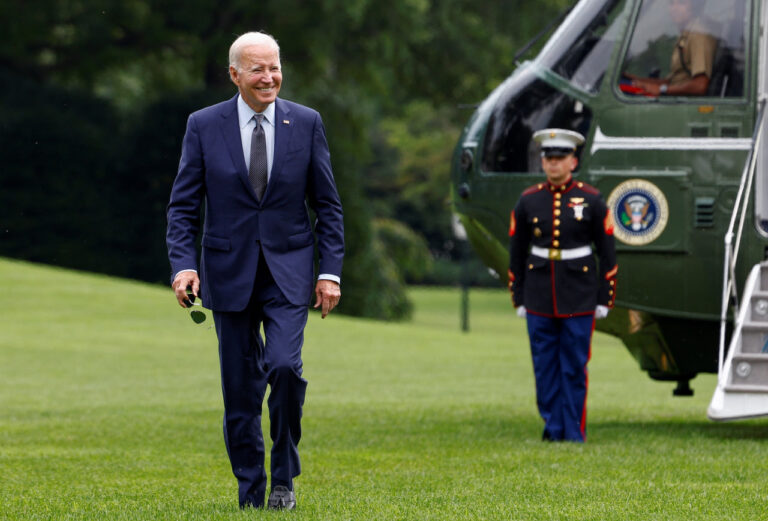Fresh data out Monday laid bare how importers have shifted their preferred destinations for cargo to ports on the US East Coast, favoring them over the traditional powerhouses on western shores.
As of April 11, only 36% of imported goods arrived through West Coast ports, the smallest proportion since at least mid-2021 and down from 42% in the second half of 2022, according to Chicago-based FourKites, a logistics-visibility platform. In four of the previous six months, West Coast ports have moved less than 40% of import volumes.
While inbound cargo volumes have declined at all US ports since the fourth quarter of last year, West Coast operations have seen a bigger drop-off as importers seek to avoid a repeat of pandemic-era delays and protracted labor-contract talks that saw labor disruptions earlier in April at the Los Angeles and Long Beach complex — the busiest in the US.
Though work on the docks has largely continued without issue since the contract expired on July 1, recent labor shortages and slowdowns at the two largest West Coast ports have caused alarm among importers that were already diverting some of their goods to terminals in the East and Gulf.
Dwell times — or the number of days that containers sit on docks awaiting either trucks or trains to move them — have fallen significantly at the West Coast hubs despite the labor issues, with a 28-day average for import dwell time of 4.8 days, according to FourKites. The measure of delays fell more at East Coast ports to 3.3 days in the same period.
“The US West Coast has long been a strategic artery for global imports, but with constant bottlenecks, delays and lingering labor disputes, supply chains are relying on risk aversion instead of rolling the dice,” said Glenn Koepke, the general manager of FourKites’ network collaboration.
The labor issues are proving to be minor inconveniences more than they are severe disruptions, and West Coast volumes will steadily rise to become balanced with the East Coast in the middle of the third quarter, when retailers and importers gear up for the holiday season, he said.
Still, the infrastructure investments and performance of the East Coast will create more competition for LA-Long Beach, which will help achieve longer-term stability and reliability, according to Koepke.
European Cargo Shifts
Meanwhile, cargo flowing through some parts of northern Europe are still suffering from Russia’s war in Ukraine and a soft economy.
The Port of Antwerp-Bruges said throughput totaled 68.7 million metric tons in the first quarter, down 4.5% from the year-earlier period.
“This decline is due to the still complex geopolitical and macroeconomic context, which has led to a decline in the container segment and significant shifts in cargo flows,” the Belgian port said in a recent report.
Source: Bloomberg







